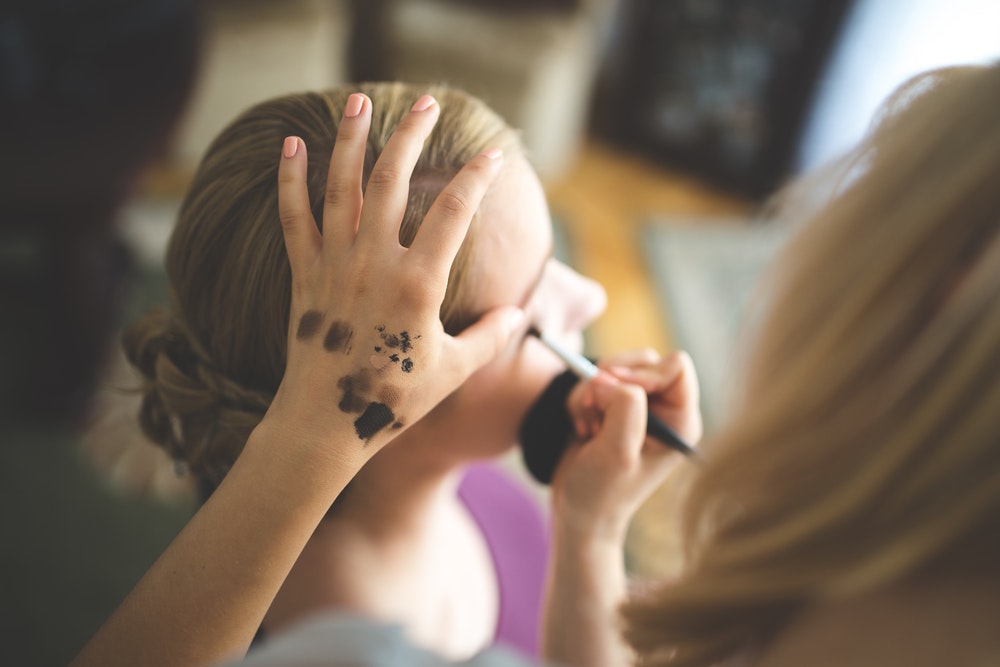The society we live in is psychologically fragmented in terms of communal identity, race, colour, ethnicity and religion. It is establishing the predominant sense of in-groups and out-groups since a biological infant starts turning into a social being. Highlighting the same phenomenon, I had conducted a study on socialisation and discrimination among school children for my master’s degree a few years ago.
The conclusion of my study was the psychological division among children into in-groups and out-groups is the result of their socialisation at different hierarchy which eventually converts into communal stereotypes and discrimination.
Communal socialisation
Scholars believe socialisation is the process of transferring the biological infant into a social being by encapsulating the desired and expected behaviours through various social learning processes. But, does socialisation get limited within the boundary of desired and expected behaviours? If yes, parents would never want their children to learn out of their box. Hence, socialisation is the process of learning and being learnt the social phenomenon that lies beyond the boundary of desire and expected upbringing.
As socialisation is the learning process, observation plays a paramount role in learning and assimilating social visual veracities. It further gets legitimised and transforms into unyielding perception after receiving unceasing labels by the immediate agents of socialisation: personal, familial and social. Eventually, the generational transmission of such psychosocial labelling gets renovated into communal stereotypes, a perception of domination, bullying and discrimination.
In my study, among many factors of social learning, race is one that children are routinely being socialised with. More than 90 per cent of respondents, despite their communal association, believe that people of the Madhesi community are dark or black-skinned whereas the Pahadi community members are fair or white-skinned. If any Madhesi individual is fair-skinned, people initially claim and label him/her as a Pahadi. Likewise, if any Pahadi person is dark-skinned, people claim and label him/her as a Madhesi. This perception of the children labelling a particular community entirely on the basis of skin colour is not something they acquire biologically but due to socialisation, injected through unvarying observations which profoundly get rationalised by hierarchic regimes of socialisation.
Prejudiced show biz industry

Fashion and advertising agencies are equally responsible for injecting the skin colour-based stereotype and perception of domination among the people, predominantly in children. Advertisements of beauty products intensely present white/fair colour as the symbol of beauty, attraction and confidence that leads to success whereas someone dark-skinned is presented as ugly, dull, unattractive, with low confidence and incompetent, hence they need a change into a fair colour using those beauty products.
Although skin colour has nothing to do with beauty, smartness, hygiene, sanitation, skills, or any human potentials, there is a harsh projection of fair skin as the foundation of beauty, attraction, confidence and a way to success. It psychologically dominates black/dark-skinned people presenting them as ugly, unappealing and dull characters.
Social perception and interpretation of skin colours

Skin complexion is the result of a pigment called melanin produced by special skin cells. This pigment is produced in response to the intensity of sunlight and has acted as a natural evolutionary sunscreen for people living in the equatorial regions where sunlight falls on directly. The darker the skin, the more protection it offers against the harmful UV rays. This proves that the skin tone has no association with a particular caste, creed, ethnicity, religion or anything. However, its community-induced social interpretation and embracing the same as an unconditional reality has established communal stereotype, discrimination and bullying based on skin tone.
The worldwide social value of skin colour has constantly established white/fair skin in a dominant position tagging black as the ugly colour. In America, research shows that black students perceive more domination and often get bullied by their white counterparts. Likewise, black people are likely to be suspected of any criminal or anti-social activities comparing to white people.
In the context of Nepali society, when a fair-skinned individual does any social evil or immoral acts, people criticise by saying “Manchhe matra goro bhaera ke garnu, man kalo bhaepachhi” (having white skin is meaningless when your heart is black). And in good deeds, people appreciate by saying, “Manchhe jati goro, man pain teti nai sapha” (The heart is as clean as the face is white). In the first statement, a ‘goro manchhe’ (a fair-skilled person) is presumed to have a kind heart, and the colour black (Kalo man) has been considered a symbol of evil. For this statement, a goro manchhe and a kalo man do not go parallel. In the second statement, a goro manchhe and a sapha man (clean heart) go parallel. In contrast, no one says “Manchhe pani goro, man pani goro” (the person is as fair as his/her heart is clean) to refer to evil and immoral acts.
Likewise, when a dark-skinned individual does service-oriented, philanthropic and humanitarian acts, people commonly applaud by saying, “Manchhe kalo bhae pani man chai sapha” (Although the person is dark, his/her heart must be clean). And, when they do something bad, people say, “Manchhe jati kaalo, man pain testai kalo” (his/her heart is as black as the face). In the first statement, a ‘kalo manchhe’ (a dark-skinned) person is not parallel to a ‘sapha man’ (a clean hear) which his/her positive deeds represent. In the second statement, the skin colour (the black) and the act (the evil) go parallel as if they are synonyms. No one refers to evil deeds as something ‘white’ or ‘fair-skinned’.
Generational transmission
The above statements are frequently used in Nepali society which demonstrates social psychology towards skin colour. It significantly influences the formation of human behaviours and more particularly to children’s social learning process. The stereotypical image of the dark-skinned has made children perceive colour-based discrimination, domination and bullying.

In the context of Nepal, the majority of Madhesi people are dark-skinned not because of their communal association but because of their ancestral history of living in plains that geographically receives higher intensity of sunlight than in the hilly region. Ignoring this fact, people are habituated to associating skin tone with ethnicity. This provokes the psychology of colourism which is being transferred from one generation to another. Certainly, children have extremely been influenced by such colourism and internalising it as the absolute reality of communal identity and ethnicity.
Conclusion
Colourism, racial slurs, and teasing might be practised as parts of fun and jokes, but their continuation has severe psychological effects on those who face it. It develops the feeling of inferiority complex and alienation which directly impedes one’s social as well as professional functioning in long run. A dark-skinned individual is prone to face similar racial slurs, teaching, and bullying which eventually drag the victim to perceive him/herself as discriminated against, insulted and outcast.
This is more commonly seen among school-going children. They are highly prone to such racial slurs and bullying. Consequently, it adversely affects the student’s psychology and mental health which potentially hinders academic performance, weakens the peer group functioning, increases absenteeism and dropout rates as well.

























